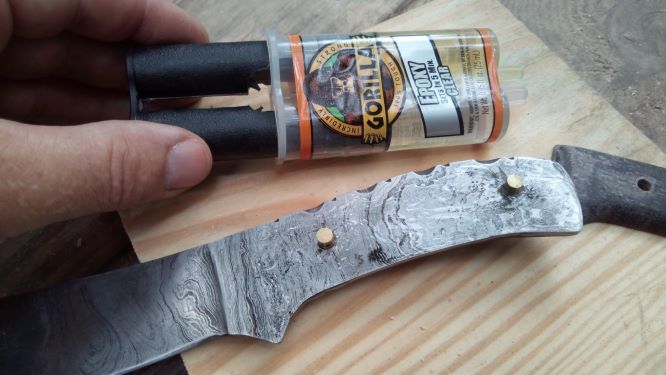Living off grid in the Ozarks there isn’t a cable internet service to get good high speed internet. Most people think the only option is satellite internet service, which isn’t terribly reliable and can get really expensive if you use a lot of band width. I’m writing this article to let people know there is a better way. Well, I’m writing to explain how my wife and I get really cheap internet at streaming speeds in an off grid situation.
We use our phones to get internet access on our laptops and tablet, but we don’t use the phone’s wi-fi hot spot.
Most phones today have wi-fi hot spot capabilities, but phone service providers charge extra for it and it’s not cheap. It can cost $20 to $40 dollars for just a few gigabytes.
The trick that many people don’t know is that it’s possible to simply use your phones Bluetooth to tether your data to other devices. The reason most people don’t know this is because your phone’s capability to create a data connection to another device through Bluetooth tethering has most likely been turned off by your service provider.
Your service provider wants to be able to charge you those crazy expensive hot spot fees. They know they’re not going to be able to get all that extra money if you can just use your phone’s Bluetooth to share your phones data with other devices.

So, in my case, I use ATT monthly prepaid service. In the past I paid $45 per month for unlimited services and this included 8 gigabytes of high speed data. 8 gigabytes would usually last me about 3 weeks , so for the last week of the month I would have super slow data and this didn’t include any hot spot data.
Then I found this amazing trick.
One day while searching through my phone’s settings I ran across this setting called “Bluetooth tethering”. When I looked up what it was I found out that it would bluetooth my data to other devices without the hot spot being active on my phone. This meant I could now use my phone’s data to have internet on my laptop or tablet or any other smart device for that matter.
The problem was no matter what I tried to turn this setting on, my phone just wouldn’t let me. Much research later I read an article claiming that this setting had been locked out by the manufacturer at the request of AT&T. I can’t know the truth about why the setting was locked, but it made sense to me knowing how much extra AT&T charged me for hot spot data.
I finally found the solution and it was so simple and didn’t cost anything.
The answer was a very simple app which I will provide a link to at the bottom of the page. The app only does 1 thing it turns your phones bluetooth tethering on and off. It’s basically just a toggle switch.
It’s absolutely free.
It’s a tiny little app at only 84 KB.
It uses no data.
It doesn’t run in the background.
It requires no permissions.
It doesn’t send you any annoying notifications.
Best of all, it doesn’t have ads.
It is by far the best, most useful app I’ve ever installed on a phone.
So, now I upgraded my AT&T monthly prepaid service to the $65 per month plan. I pay $20 dollars more per month than I use to, but with this plan I get 22 GB of high speed data. To this day I haven’t used 22 GB in a single month, and my wife and I stream TV shows from Prime Video almost every night. Plus, I have to get my YouTube fix almost every morning.
The best part is that I can now use all those GB on my laptop or my tablet. I no longer have to pay $10 for 1 GB of Hotspot service.
Now I should also say some phones don’t have this setting locked out. Check your phone to see before you download the app.
Also if your phone doesn’t have the bluetooth tethering capability then this app won’t work. As far as I know this app is for android users only.
I also want to say I’m not affiliated with this app in any way and make nothing from this recommendation.
The link for this app is
https://play.google.com/store/apps/details?id=jp.co.nicumaru.bluetoothtetheronoff&hl=en_US
If you have any questions please leave them in the comments below.
Let me know if you found this information useful.




































